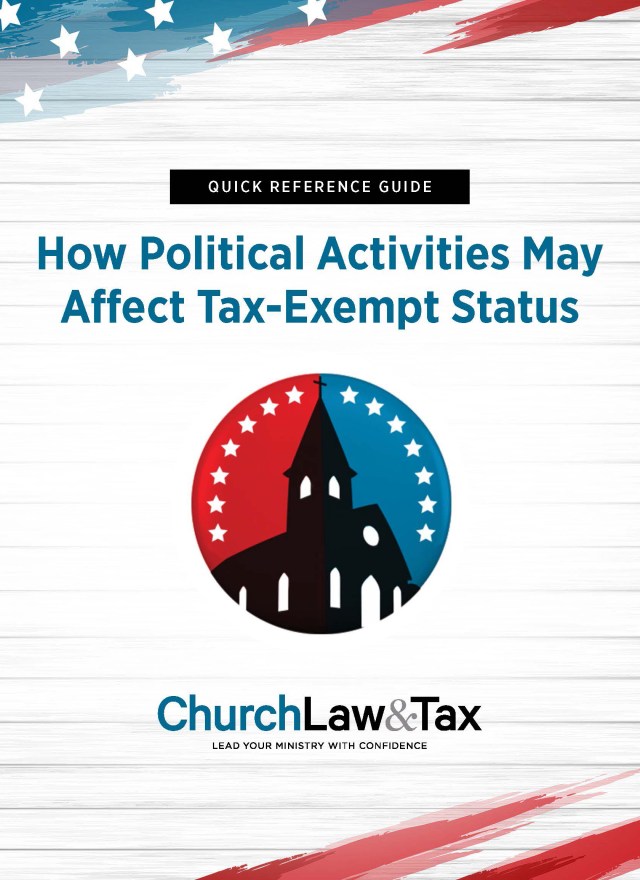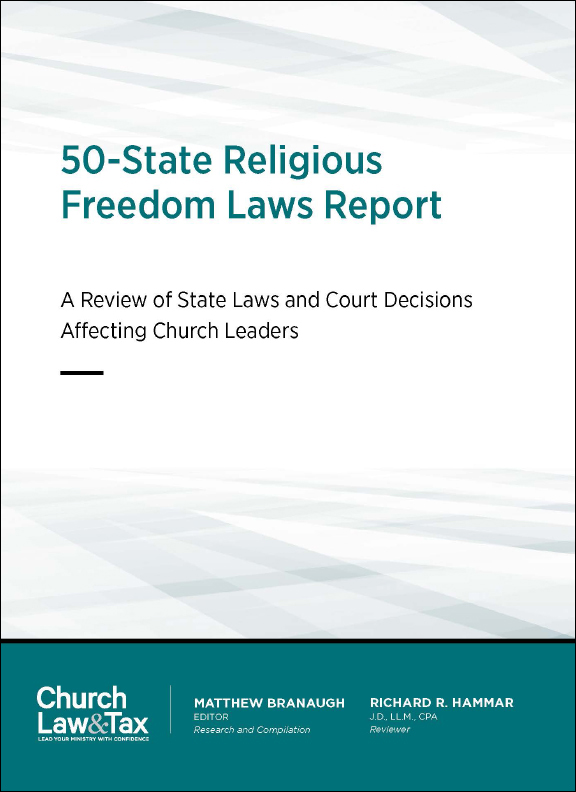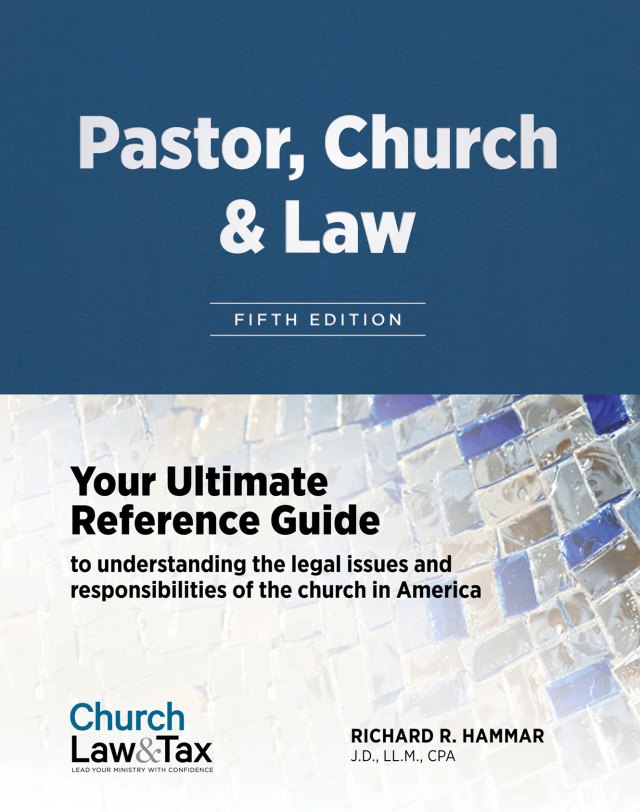• Key point. Several courts have concluded that churches and denominational agencies cannot be legally responsible for a minister’s sexual misconduct, since allowing such organizations to be sued for failing to exercise sufficient care in the selection, training, or supervision of ministers would violate the first amendment guaranty of religious freedom. A minority of courts have ruled that the first amendment does not prevent churches from being sued in such cases.
A federal court in Rhode Island ruled that the first amendment did not prevent it from resolving a lawsuit brought by victims of clergy sexual misconduct against church officials. Three adult males sued diocesan officials for injuries they allegedly sustained when they were molested by two priests in the 1970s and 1980s. The victims claimed that prior to the acts of molestation, the diocese knew that the priests were pedophiles and not only failed to take appropriate preventative action, but also actively concealed the priests’ sexual misconduct. The diocese claimed that the first amendment prevented the civil courts from resolving these claims.
Freedom of Religion
The court conceded that an internal church dispute cannot be resolved by a civil court if resolution of the dispute would require the court to interpret religious doctrine or ecclesiastical law. But the court rejected the proposition that a secular court lacks jurisdiction over a case simply because it “calls into question the conduct of someone who is a church official.” The court concluded that this dispute was not an internal church matter:
What is alleged is that church officials conducted themselves in a manner that allowed several minors to be sexually abused. The dispute is not one between factions within the church or between the church and its clergy or employees. Rather, it is a dispute between church officials and third persons who allege that they were seriously injured by the negligence of the church officials. Such a dispute hardly can be characterized as a dispute involving an internal church matter. Nor does this dispute turn on interpretations of religious doctrine or ecclesiastical law. Determining whether the hierarchy defendants negligently failed to take appropriate preventative action is a matter governed by tort law. Making that determination will not require the Court to resolve any “controversies over religious doctrine and practice.” In short, the so-called “religious autonomy doctrine” does not divest the court of jurisdiction over this case, at least insofar as the plaintiffs’ core claims are concerned.
The court rejected the diocese’s argument that the first amendment guaranty of religious freedom prevents the civil courts from imposing liability on religious organizations for failing to properly screen or supervise clergy:
[T]here is no indication that the reasonably prudent person standard established by tort law and the requirements of Roman Catholic doctrine are incompatible. The [diocese does] not claim that the Roman Catholic Church either condones or tolerates sexual abuse of children. On the contrary, they have made it clear that the Catholic Church considers such conduct to be opprobrious. . . . Briefly stated, there is no indication that, by taking the kind of preventative action required by tort law, the [diocese] would have violated any “doctrine, practice or law” of the Roman Catholic Church. In the absence of such a conflict, subjecting the [diocese] to potential tort liability does not violate [its] right to the free exercise of religion.
Neutral Laws of General Application
The court noted that the Supreme Court ruled in 1990 that neutral laws of general application do not violate the first amendment simply because they have the incidental effect of burdening a particular religious practice. Smith v. Employment Division, 494 U.S. 872 (1990). The court concluded that “in this case, there is no question that the principles of tort law, at issue, are both neutral and generally applicable. It is not even alleged that they are directed at or were designed to suppress the religious practices of the Roman Catholic Church or that they selectively burden religiously-inspired conduct. On the contrary, it is clear that these principles have evolved without regard to the practices of any religion and that they are uniformly applicable whether the conduct in question is religiously inspired or not. Consequently, judging the [diocese’s] liability in accordance with these principles does not violate their free exercise rights.”
Excessive Entanglement
The court conceded that excessive entanglement between church and state is prohibited by the first amendment’s nonestablishment of religion clause. The court acknowledged that this standard might be violated by addressing a “breach of fiduciary duty” claim, but not necessarily in addressing negligence claims:
Here, adjudication of, at least, the negligent supervision claim does not require any interpretation of religious doctrine. A determination with respect to whether the [diocese] exercised reasonable care in supervising the priests subject to [its] authority can be made solely in accordance with well established tort law principles. Unlike some breach of fiduciary duty claims, there is no need to interpret church doctrine in order to establish the nature of the duty owed to the plaintiffs. Consequently, it is unlikely that exercising jurisdiction over this case will result in any “excessive entanglement” between church and state.
Application. In recent years, many courts have refused to allow victims of clergy sexual misconduct to sue their church on the ground that it was negligent in the selection or supervision of the offending minister. Such courts have concluded that any resolution of these claims would violate the first amendment. This case demonstrates that this conclusion is not universal, and that in some states churches continue to face a risk of being sued for negligently selecting or supervising clergy who engage in sexual misconduct. Smith v. O’Connell, 986 F.Supp. 73 (D.R.I. 1997). [Seduction of Counselees and Church Members, Negligence as a Basis for Liability, Denominational Liability]
© Copyright 1999 by Church Law & Tax Report. All rights reserved. This publication is designed to provide accurate and authoritative information in regard to the subject matter covered. It is provided with the understanding that the publisher is not engaged in rendering legal, accounting, or other professional service. If legal advice or other expert assistance is required, the services of a competent professional person should be sought. Church Law & Tax Report, PO Box 1098, Matthews, NC 28106. Reference Code: m67 m47 m40 c0299


